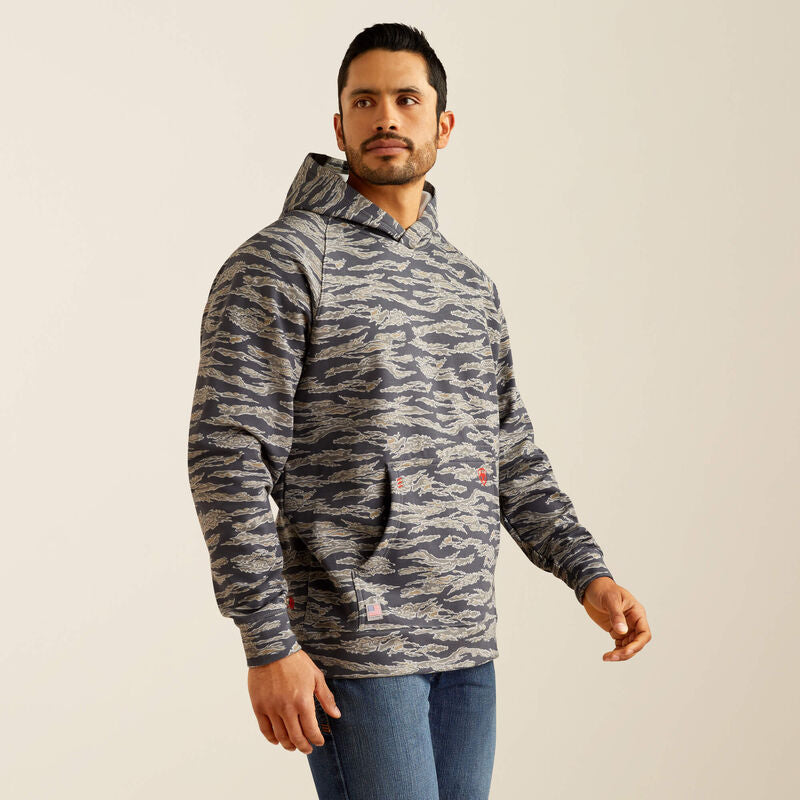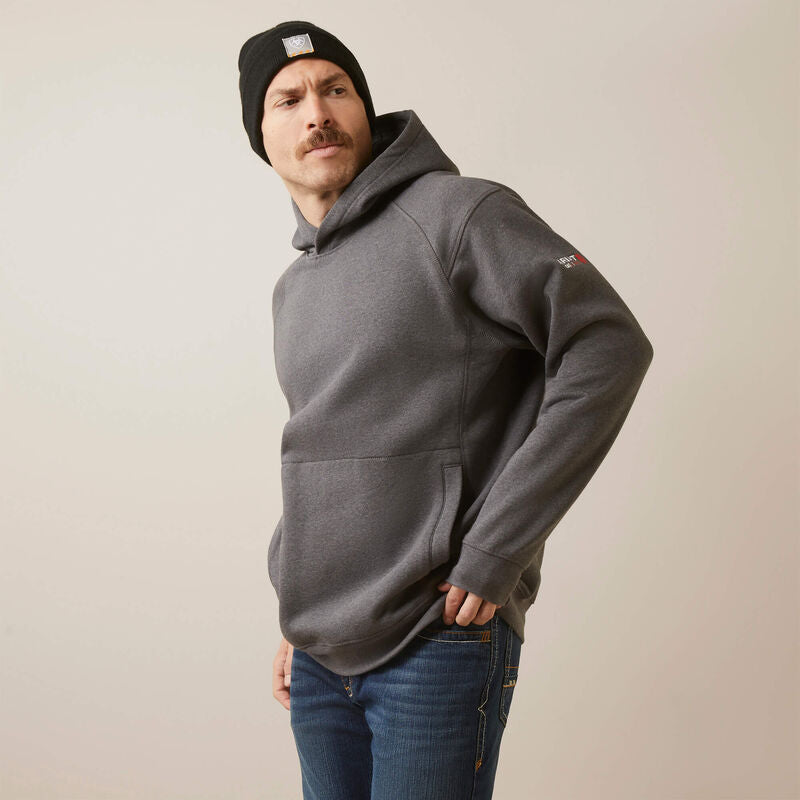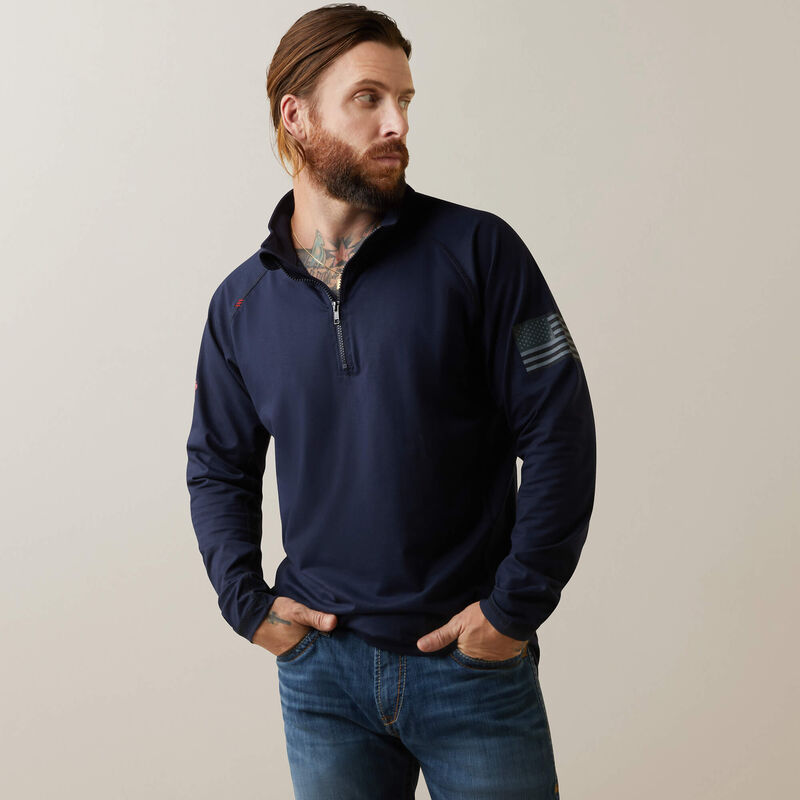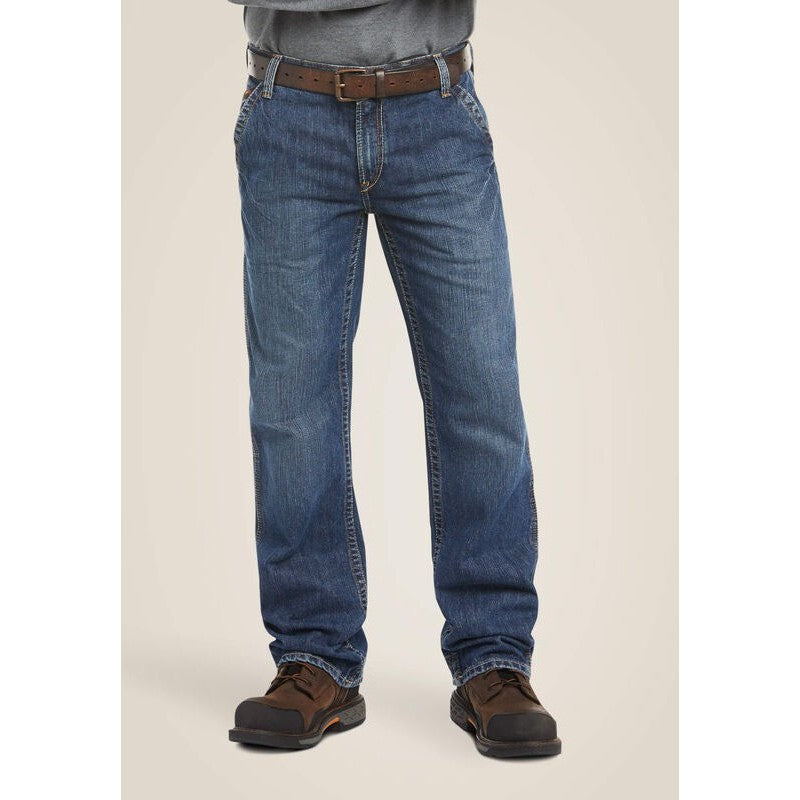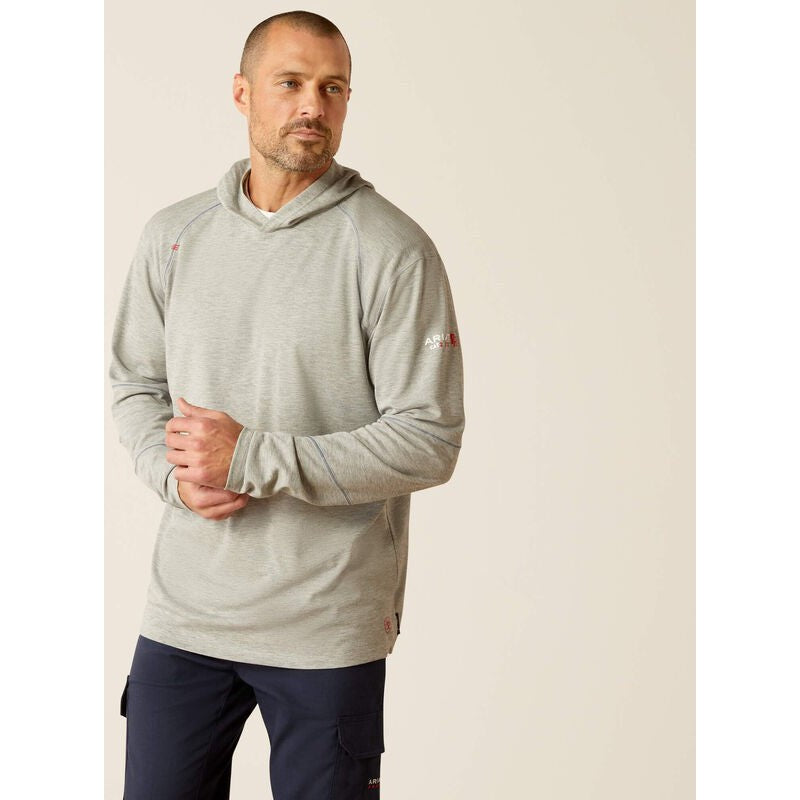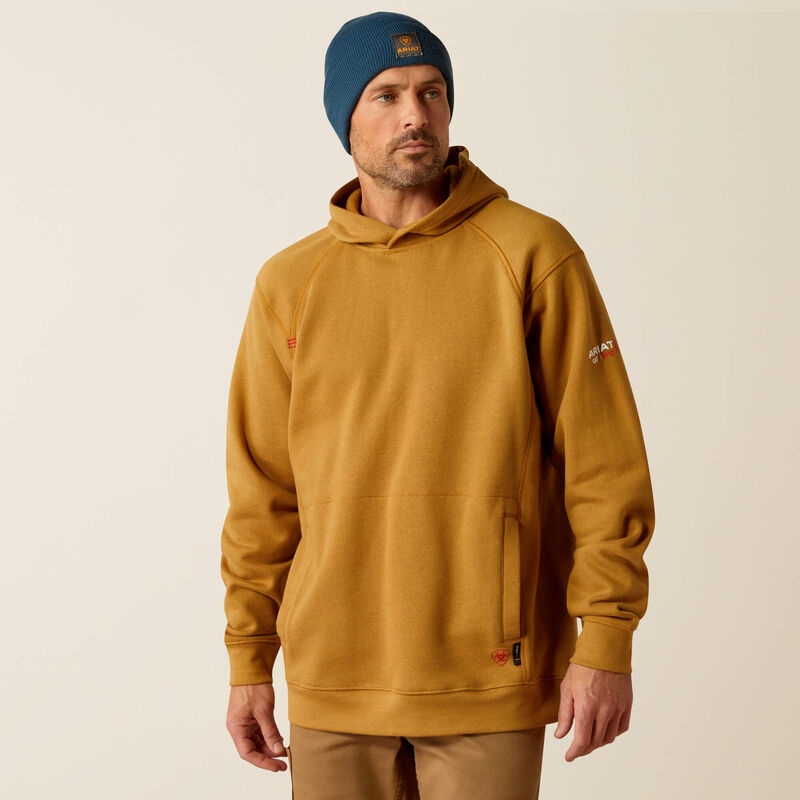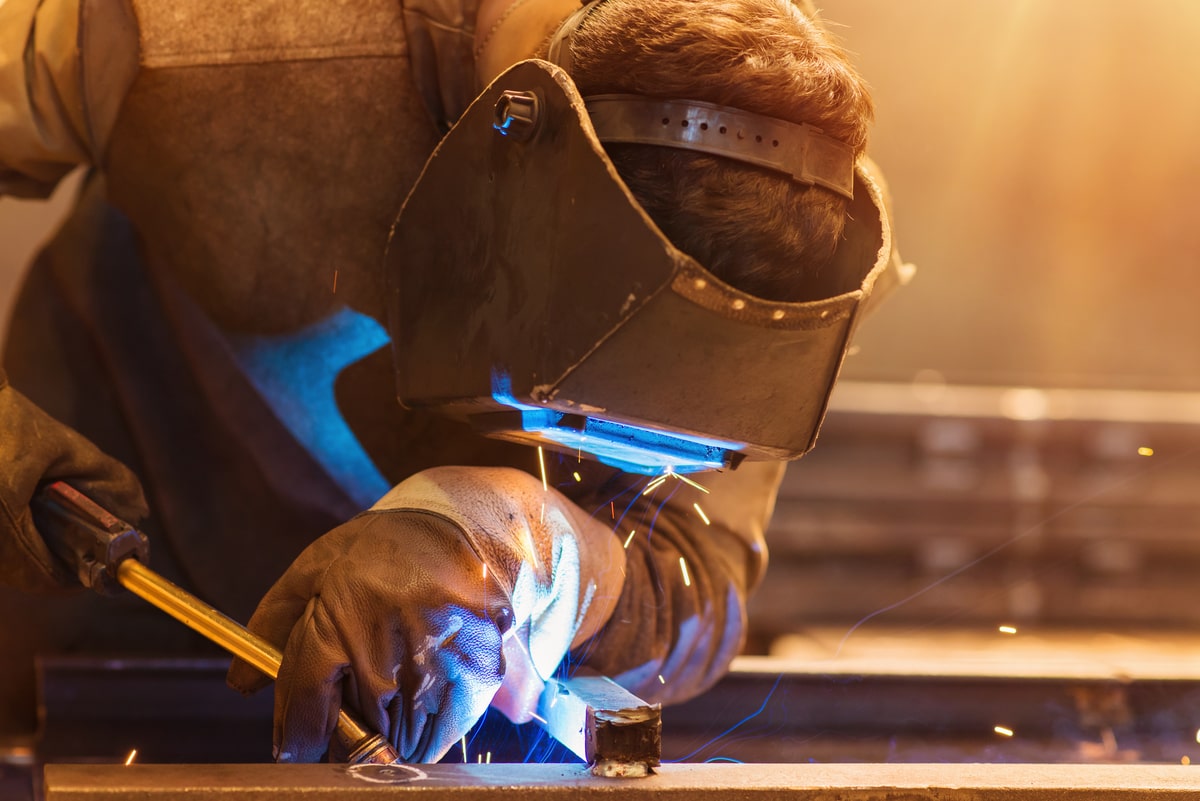All You Need to Know About FR Clothing
FR clothing plays a vital part in working environments where a potential for open fires and other thermal incidents exists. But what is Flame Resistant Clothing and what can it do? It’s a necessary piece of PPE that can protect and save workers from unnecessary pain and burns because of its flame-resistant qualities.
In this guide, you will discover everything you need to know about FR clothing, how it works, and its protective value. Moreover, you will learn how to choose the right FR gear for you and the way to maintain it to ensure its durability.
Let's dive into the realm of FR clothing!
How Does FR Clothing Work?
FR or flame-resistant clothing protects the user from thermal injury and flames. FR clothing stops burning once you remove the source of the ignition. Moreover, the fabric self-extinguishes, meaning it does not fuel the fire in contrast to regular synthetic clothes we wear every day.
These properties help prevent burns that occur due to exposure to flames and high temperatures.
Open areas in the fabric would expose the skin to danger and increase the gravity of injuries. The FR clothing is designed not to break open when heated to prevent just that.
However, note that flame-resistant is not the same as fireproof. It can burn if heated for too long or when introduced to open flames from arc flash and flash fire, for instance. However, it can give you enough time to react before severe harm happens.
[prc-collections-carousel]
Who Is FR Clothing For?

Working in immensely hazardous power industries calls for particular clothes that protect against electric arcs and flash fires. So, it is safe to say that FR clothing is useful wherever a potential for open fires, explosions, and other thermal incidents exists. It can protect workers when they are on the job from the agony of severe burn injuries and even save lives.
Whether you work in the oil and gas industry or electric utilities, you will benefit from the use of quality FR clothing. Furthermore, if you happen to work in refineries, chemical companies, and construction companies, you could also profit from wearing protective FR workwear. The list where fire-resistant clothing saves lives goes on.
ATPV or Arc Thermal Protective Value
ATPV or Arc Thermal Protective Value measures how much heat will transfer through flame-resistant clothing in the incident of a flash fire or arc flash. It is also known as arc rating. FR clothing producers have to outline the arc rating of their clothes.
We measure it in calories per square centimeter where a higher number means greater protection. The material will generally not break open except if it is subjected to energy levels that are higher than the arc rating.
A good arc rating will protect the worker from thermal accidents and size down their effect. However, it is important to wear the FR clothing with a rating that complements the hazard risk categories or HRCs. Why so? Because wearing low score FR clothes will not protect you against extreme fire hazards.
There are four HRCs categories where category 1 corresponds to the lowest risk and category 4 to the highest. So, HRCs and their arc demands are HRC1 - 4 calories per cm2, HRC2 - 8 calories per cm2, HRC3 - 25 calories per cm2, and HRC4 - 40 calories per cm2.
So, if you wear FR clothes with an arc rating of 8.9 calories per cm2, you match those duties categorized as HRC1 and HRC2. However, if your task is assessed as HRC4, you will need FR garments with an arc rating of at least 40 calories per square centimeter.
Extra layers of flame-resistant clothing increase the effectiveness of arc rating. That is why it is common for workers in extremely dangerous industries to wear few layers of FR workwear.
What Is FR Clothing Made Of?

Before we move on to materials we can use to create FR clothes, we need to understand the difference between fabrics treated with flame-retardant chemicals and inherent fire-resistant fabrics. Each comes with its pros and cons, as not all clothing consists of the same materials.
Fabrics treated with flame-retardant chemicals are usually synthetic and chemically treated to delay the burning process or never burn at all. They are created to self-extinguish when subjected to fire. A fabric is regarded as flame-retardant if it takes longer to burn compared to other fabrics.
On the other hand, inherent fire-resistant materials are naturally non-flammable, meaning they can withstand flames due to their chemical composition.
Fabrics Treated with Flame Retardant Chemicals
Materials under this category are originally flammable. However, when treated with flame-resistant chemicals, they become flame-retardant, where the chemical substance functions as a shield against flames so that they can prevent the start of a fire, suppress it or slow down its spread.
When we apply a flame-retardant chemical to the fibers during their forming process, these fibers become flame-resistant. The materials that we get from these fibers are permanently fire-resistant, no matter how we wash them. It is only when they are too dirty or torn that they lose fire-resistant properties.
The same rule does not apply to chemically treated fabrics. They too have flame-retardant chemicals applied, however, we have to wash them specifically to ensure that the FR property remains.
All flame-retardant materials must go through a series of laboratory tests before they can be authorized for public use.
Inherent Fibers and Fabrics
As the name suggests, inherent fibers and fabrics have FR properties intrinsic to them. There is no need to add any flame-retardant chemicals as they are fire-resistant from the get-go.
Just as chemically treated fibers, they are permanently fire-resistant and are not affected by washing. Nevertheless, you should use soft water for all types of FR clothing.
Some of the most popular inherent fibers are Kevlar and Nomex, and Modacrylic.
Kevlar
Kevlar is a synthetic fiber with inherent FR properties with a melting point of 932 degrees Fahrenheit. In addition, it is durable and has many applications ranging from protective sleeves and gloves to bulletproof vests.
Moreover, its tensile strength-to-weight ratio is high, which explains the variety of its uses. FR garments producers often mix it with Nomex.
Nomex
Nomex is another inherently FR fiber, and its protective properties are permanent. It swells and forms a char, which remains supple until it cools down. This property gives the wearer protection and extra seconds to escape.
Its melting point at 660 degrees Fahrenheit is considerably lower than Kevlar’s, but it still has many applications in industries such as oil and gas, and firefighting.
Modacrylic
Modacrylic fibers are synthetic FR fibers. However, unlike other inherent FR fibers, it can blend with natural fibers such as cotton. In a blend, modacrylic fibers extract oxygen from non-fire-resistant fibers, meaning they also protect other fibers from overheating.
Although their melting point is low at temperatures (about 270 degrees Fahrenheit), they have a wide range of uses. Some of them are used in the petrochemical sector and energy utility sector, among other work environments.
[prc-collections-carousel]
Cleaning FR Workwear
If you want your FR workwear to last long, make sure you wash it properly. Proper washing is crucial for maintaining chemically treated fabrics.
The hardness of water negatively affects chemically treated fabrics because it leaves mineral deposits of salt on the clothes. These deposits of salt negate the fire-resistant properties. With this in mind, ensure that you wash them in water less than 1.5 grains hard.
Be Stylish and Protected
Long gone are the days when the FR clothing looked unappealing. Over the past few years, it has become pretty stylish. Even though the primary reason to wear FR clothing is workplace safety, there is no reason for it not to look good.
Now, we can find Timberland Pro FR shirts, trousers, and hoodies coming in various designs, sizes, and colors that are both protective and easy on the eye.
Usually, these lighter garments provide lower levels of protection suitable for HRC1 and HRC2 tasks. However, wearing an additional layer of FR clothing adds fire resistance to an outfit. Layering can protect the wearer if the outer clothing is burned, thus minimizing the severity of injuries.
FR clothing should always have a slightly baggy fit because loose-fitting clothes create a layer of air between the skin and the garment. This layer of air increases its protective properties. On the other hand, you should avoid tight clothes because they easily transfer heat to the skin, which results in severe injuries.
Pick out the Right FR Clothing
Safety above all! Workplace hazard ratings play a pivotal role when choosing the right FR clothing. Although personal taste counts, the first thing to look for is your workplace’s HRC requirements and then choose accordingly.
You can have it all by picking out clothes that are protective, comfortable, and stylish at the same time.
